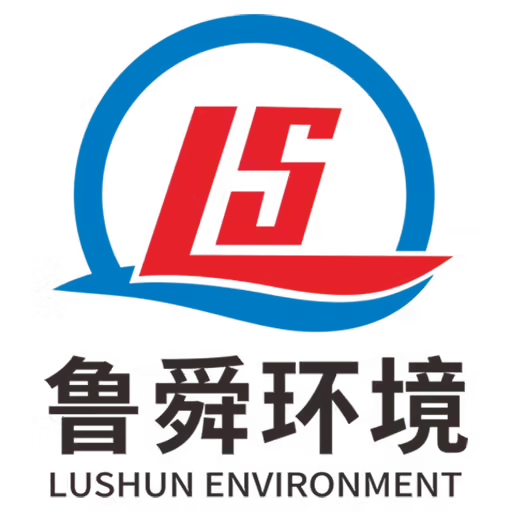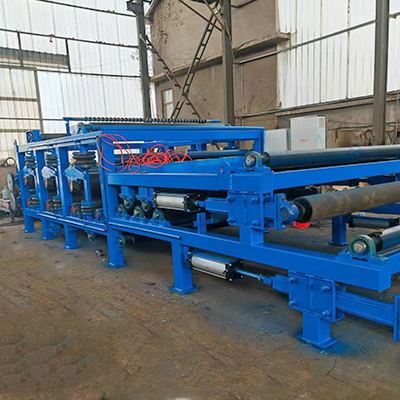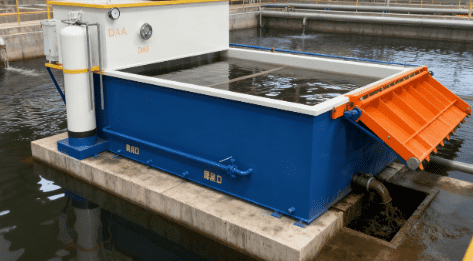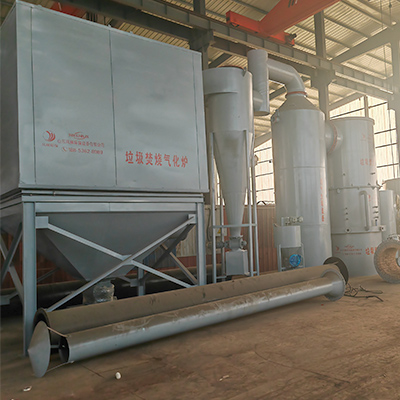At an altitude of 3,100 meters, ten sets of silver-grey boxes are slowly unloaded from a flatbed truck. This is integrated sewage treatment equipment specially customized for Tibet. It will be assembled within 72 hours and will inject technological power into the treatment of domestic sewage for 20,000 local residents and more than 2 million tourists per year.
Cracking Tibet’s three major environmental codes
-20℃ low temperature challenge
The equipment shell adopts a 50mm polyurethane insulation layer (thermal conductivity 0.024W/m・K), with a built-in intelligent electric heating system (power density 15W/m²). The actual measured water temperature of the membrane pool in Lhasa in winter (-18℃) is stable at above 12℃, ensuring the activity of microorganisms. Data from a pilot project: COD removal rate is 92%, which is better than the Class A standard of the “Pollutant Emission Standard for Urban Wastewater Treatment Plants”.
Adaptation to hypoxic environment
For altitudes above 3,000 meters (the oxygen content in the air is only 70% of that on the plains), the aeration system is equipped with a plateau-type Roots blower (impeller cutting technology), which increases the oxygen transfer efficiency by 35%. In the tourist area of Bomi County, the equipment successfully treated glacial meltwater with an oxygen content of 10mg/L, and the ammonia nitrogen removal rate reached 95%.
High suspended matter impact
The average SS (suspended solids) value of domestic sewage in Tibet is 280mg/L (150mg/L in plains). The equipment is equipped with a pre-cyclone grit chamber + automatic backwashing screen (5mm gap), which intercepts 1.2 tons of sundries such as butter tea residue and highland barley shells on average every day. During the trial operation in Bayi Town, continuous heavy rains did not cause equipment blockage.
The last line of defense to protect “Asia’s water tower”
After the ten sets of equipment are put into operation, they can treat 730,000 tons of sewage each year, equivalent to the water volume of 400 standard swimming pools. The treated tail water (COD≤30mg/L) is directly used for ecological water replenishment of the Niyang River. Data from a monitoring point showed that the transparency of the 5-kilometer river channel downstream has increased from 0.8 meters to 1.5 meters, and the fish population has recovered to the level before 2010.
Let the equipment “breathe and understand the plateau”
Remote Operation and Maintenance “Skynet”
Each device is equipped with a 5G IoT module, which transmits 32 data items such as membrane pressure difference and aeration volume in real time. Tsering Dunzhu, an engineer at the Lhasa Operation and Maintenance Center, solved the membrane component pollution warning of the equipment in Medog County within 24 hours through a mobile phone APP, avoiding a three-hour on-site inspection.
Localized spare parts library
A special spare parts center for the plateau has been set up to stock 127 types of accessories, including cold-resistant diaphragms and anti-blocking submersible pumps. “In the past, it took three days to replace a sealing ring, but now it can be delivered to the construction site within two hours.” Dorje Tsering, a local operator, showed a list of spare parts that have passed the minus 40℃ test.
Pastoralist Training Program
“Grassland operators” have been trained for 21 administrative villages. Through the Tibetan-Chinese bilingual VR system, herder Tashi has mastered equipment start-stop and simple fault troubleshooting. “After learning this, I no longer have to worry about the sewage when my yaks are released from the herd.
Echoes from the Snowland: The “Altitude” of Environmental Technology
“This is not a simple equipment landing, but a solution tailored for the Tibetan ecology.” Luo Jie, director of the Tibet Autonomous Region Ecological Environment Department, said that the cold-resistant MBR membrane technology used in the project saves 30% of land compared with traditional processes, which is very suitable for sparsely populated plateau villages.
On the equipment box, the Tibetan-Chinese bilingual slogan “Protect the Yarlung Zangbo River” is particularly eye-catching. Under the setting sun, the Niyang River ripples with golden waves, and the solar panel arrays of ten sets of equipment are shining – this is a harmonious dialogue between technology and nature, and it is also a snowy answer sheet for the construction of ecological civilization in the new era.
